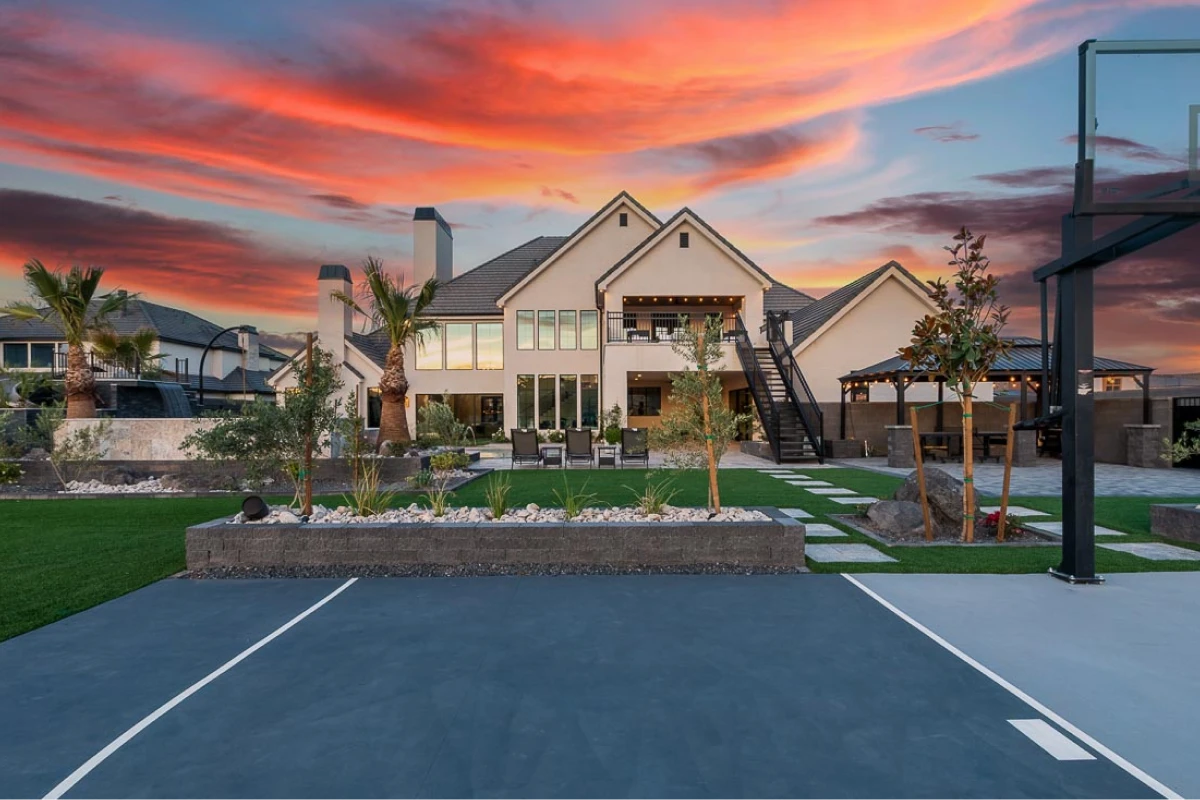
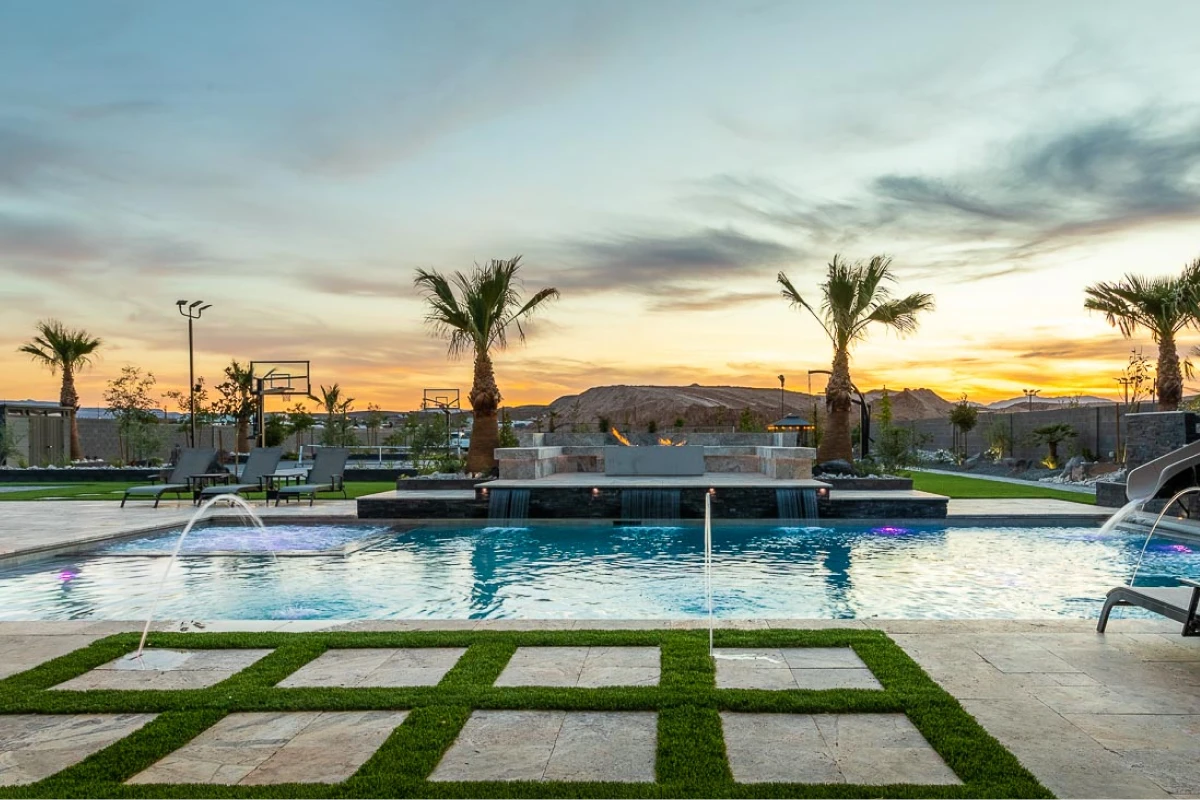

Why Choose Raised Bed Gardening?
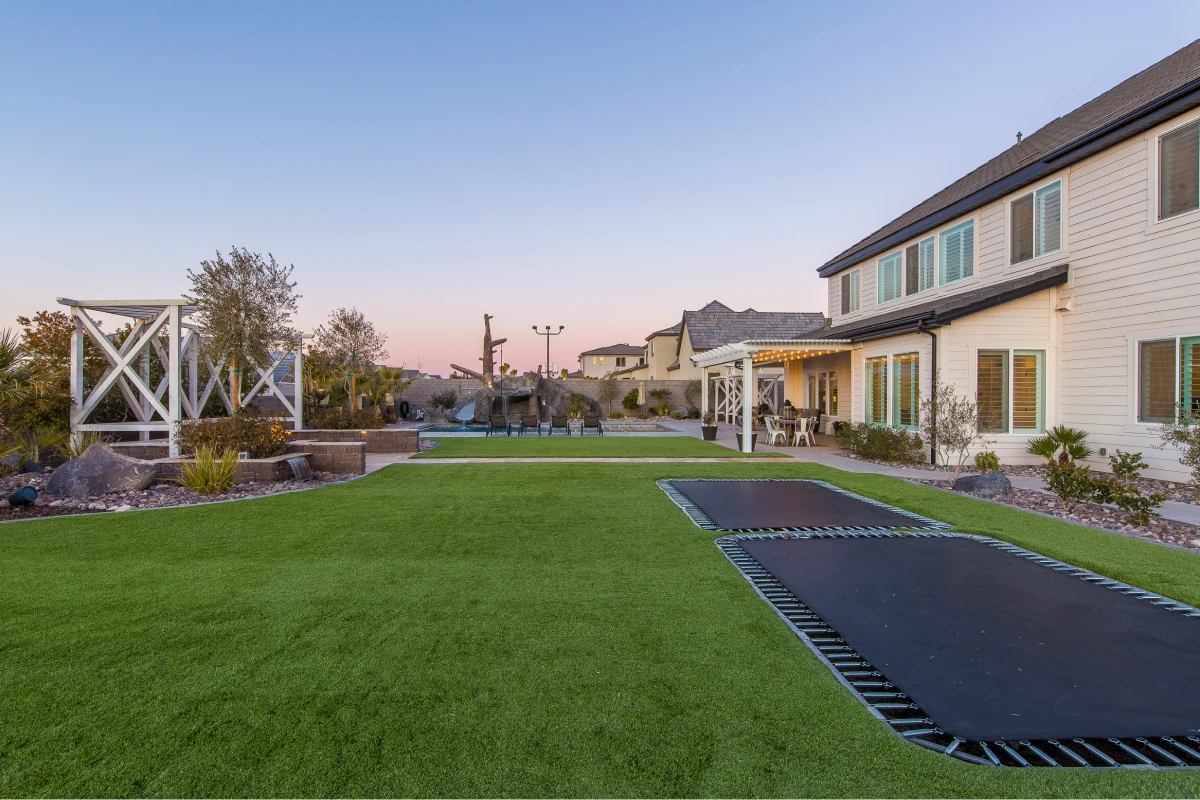
Growing vegetables is a rewarding way to enjoy fresh produce. Raised garden beds and deep grow boxes are ideal. For example, tomatoes thrive with consistent watering and support. A dedicated tomato plant needs space.
Perfect for culinary enthusiasts, herb gardens fit beautifully in smaller planters or a dedicated raised garden bed. Fresh herbs elevate any dish.
Flower gardens add vibrant color and beauty, attract pollinators, and enhance your overall landscape garden design.

Decide the dimensions for your planting box and cut the planks.
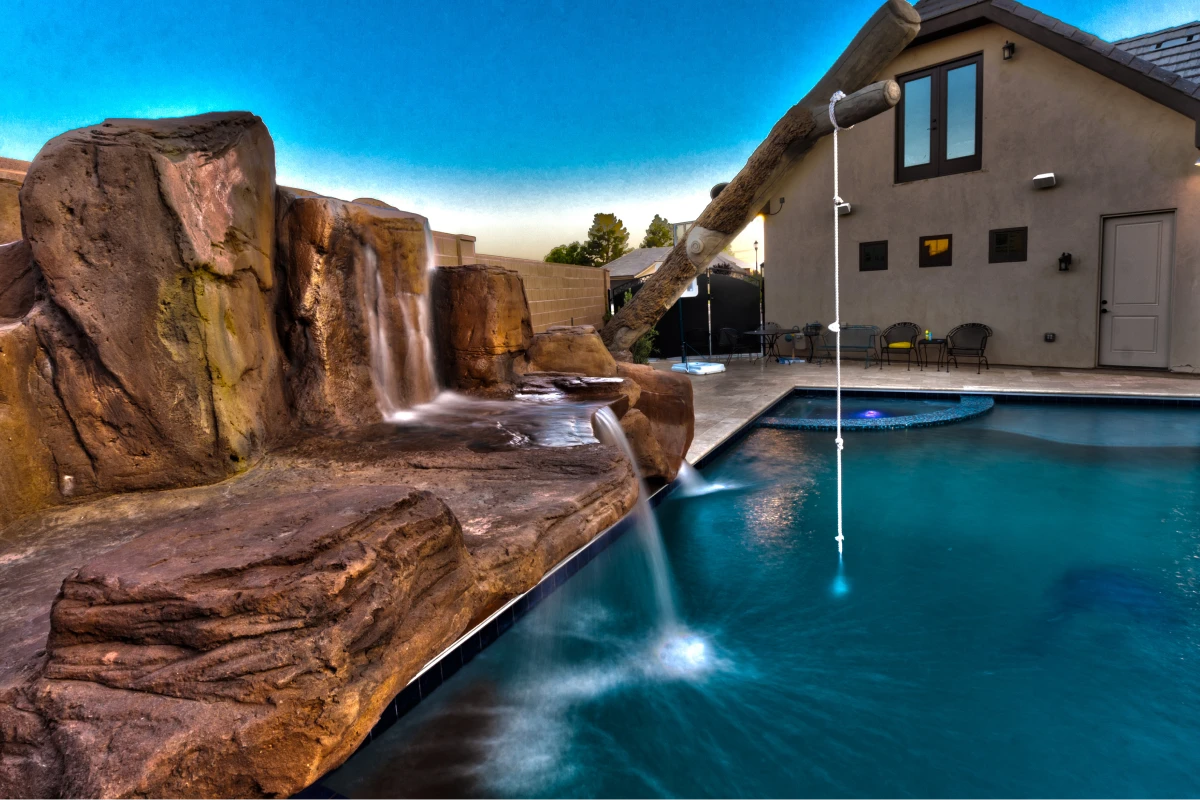
Construct the frame using wood screws. Secure the bottom if it's a contained grow box rather than a bottomless raised garden bed.
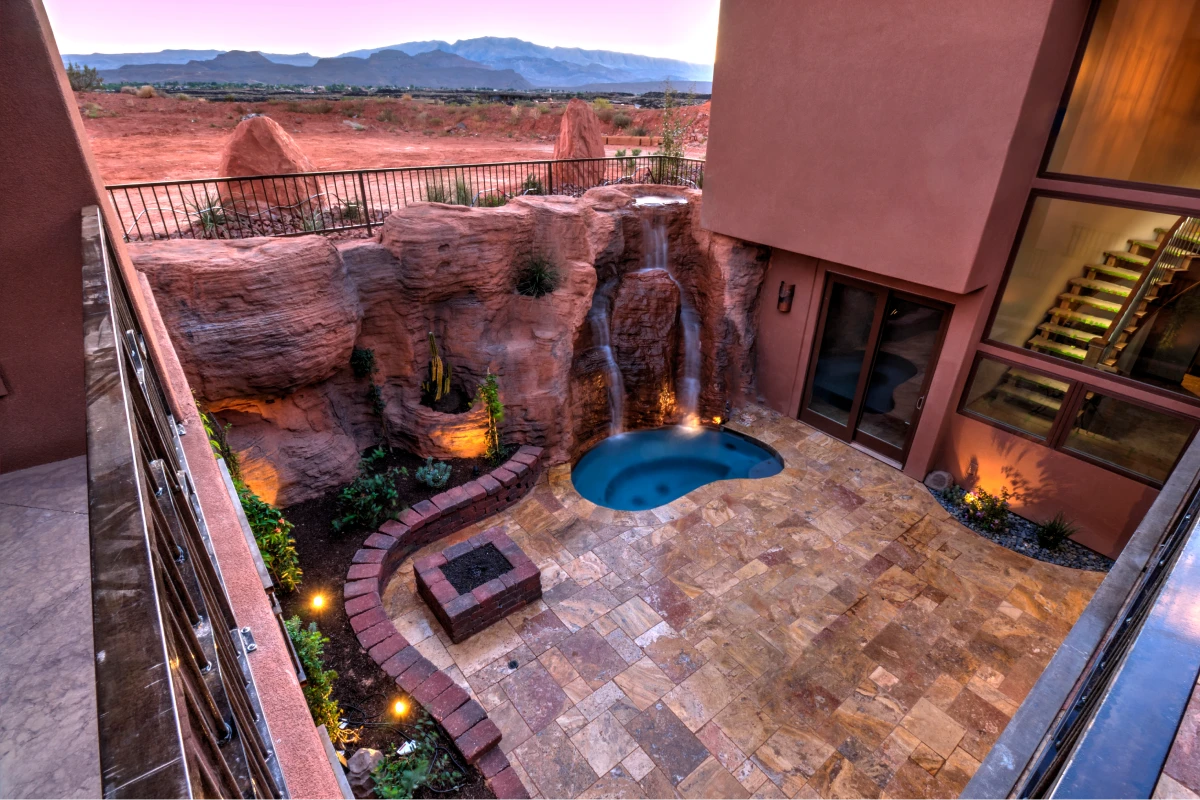
Drill several holes in the bottom of contained grow boxes or planters for drainage. (Skip if building a bottomless raised garden).
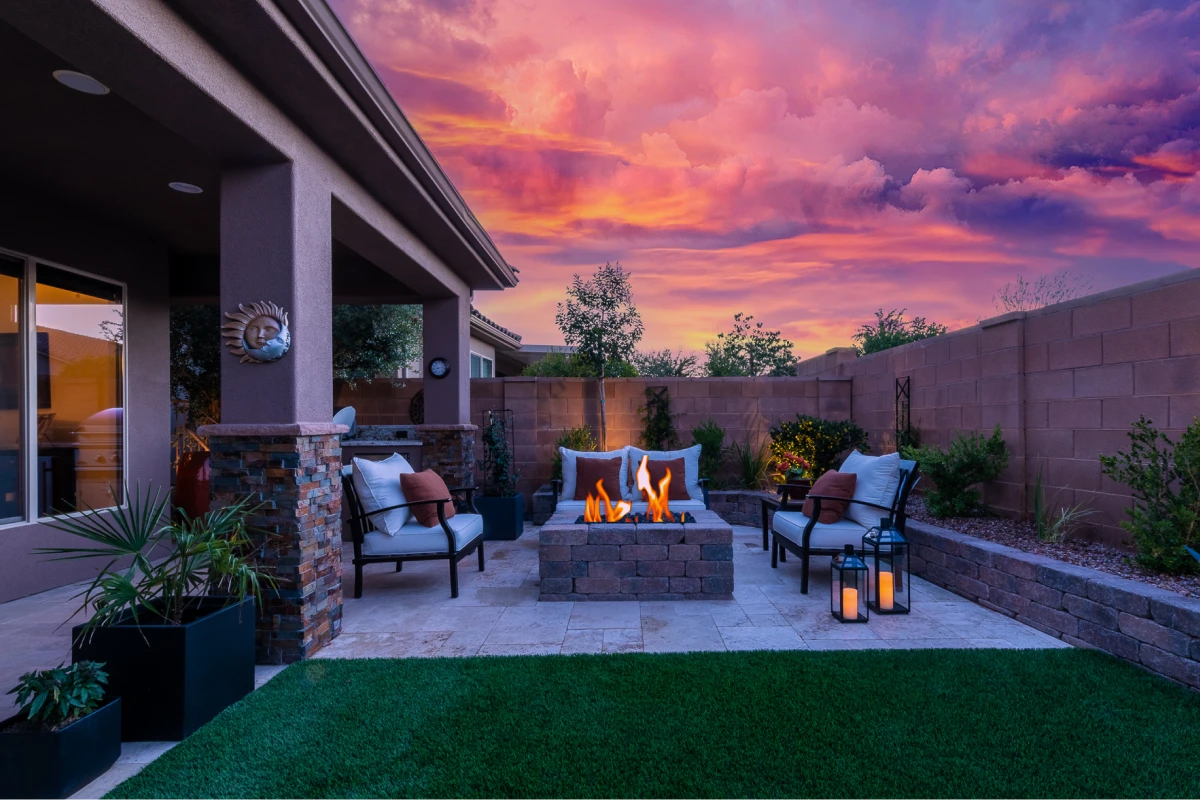
For raised garden beds or larger planters placed on soil/grass, consider lining the bottom with cardboard or landscape fabric to block weeds before adding soil.
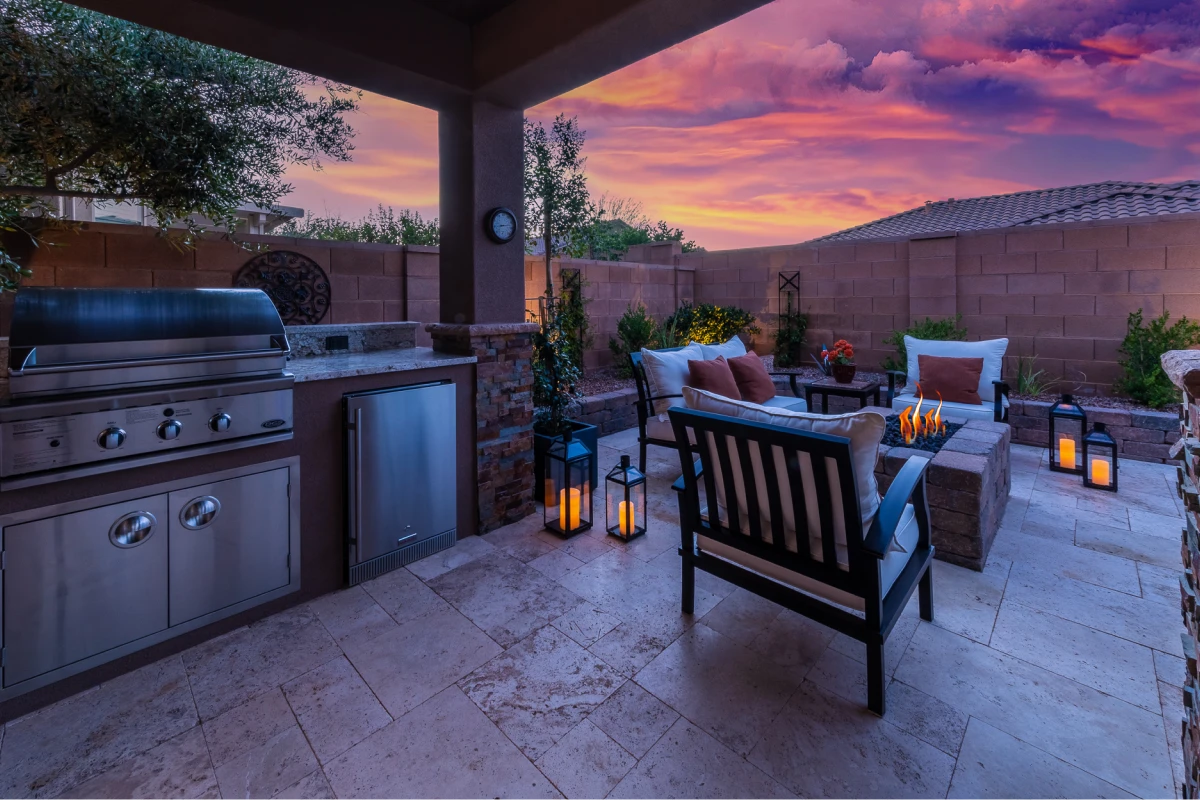
Fill the grow box or garden bed with your chosen soil mix, leaving some space at the top. Quality bed soil makes a difference.
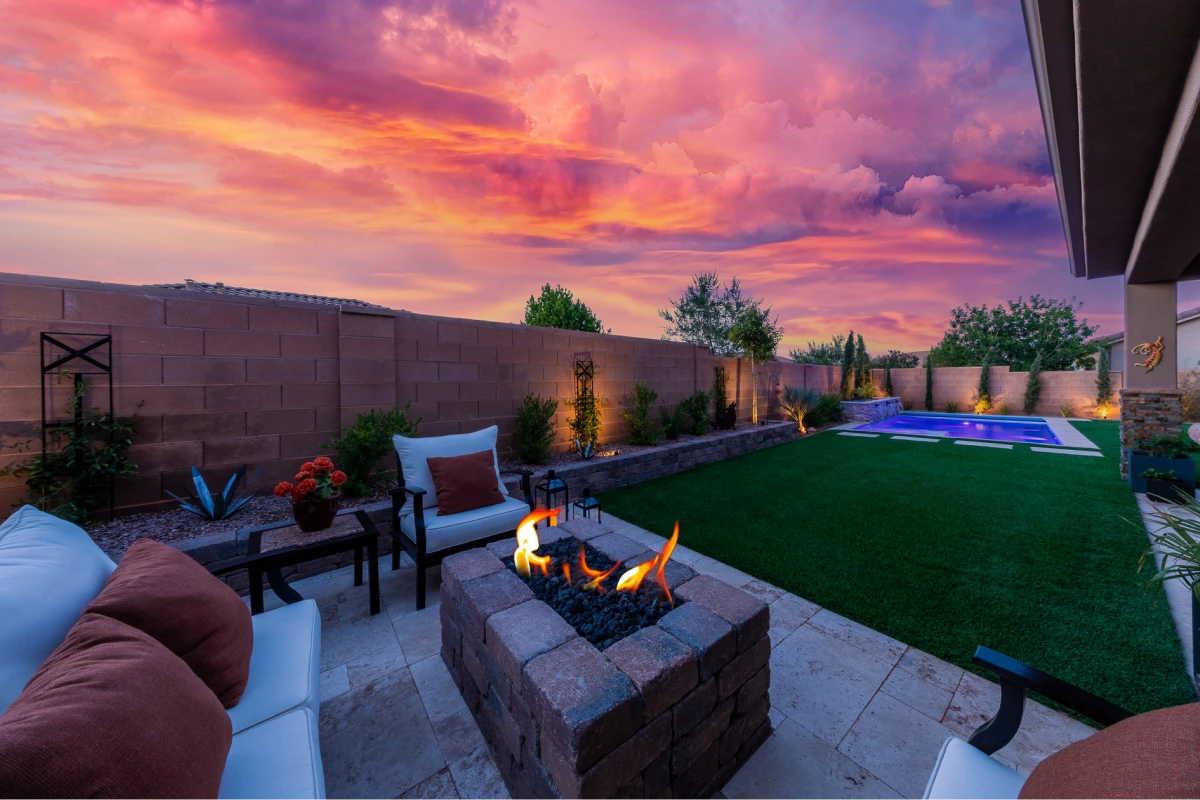
Follow the planting instructions for your chosen plant varieties. Consider spacing for optimal plant growth.
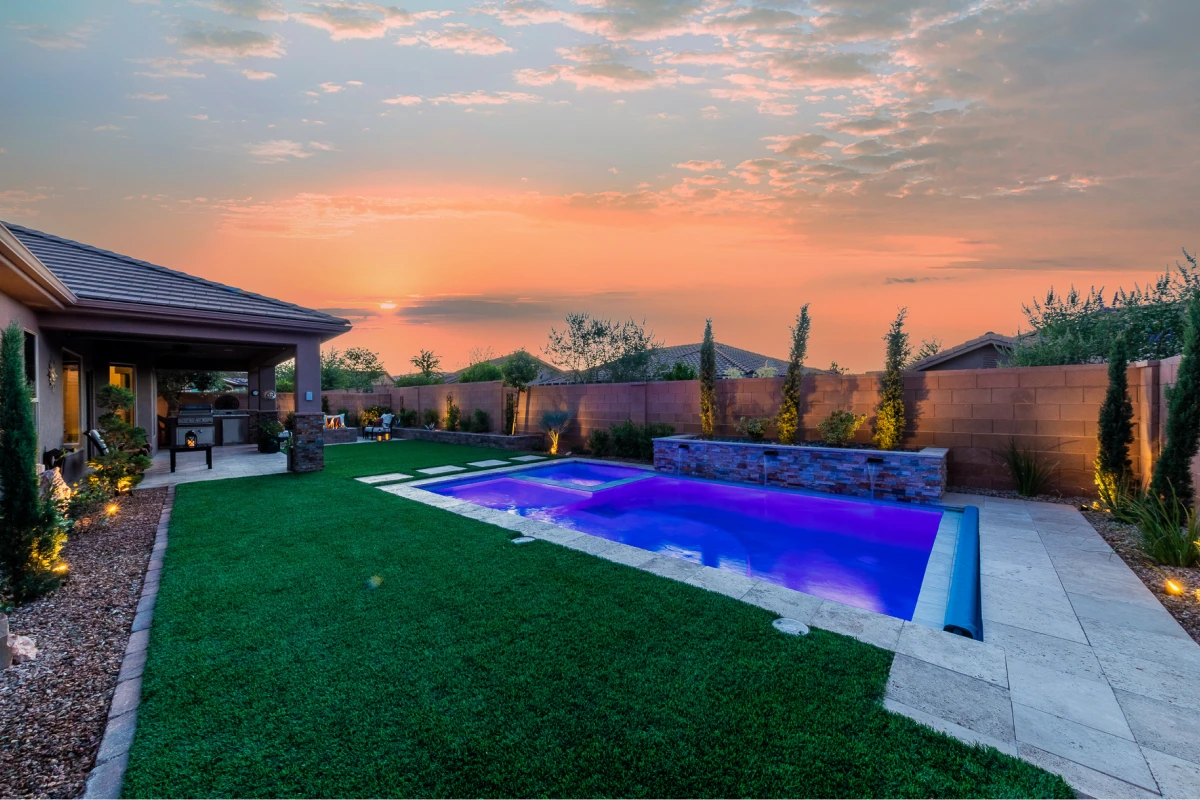
Watering needs vary per plant. Check Soil: Feel the top inch of soil; water when dry. Container garden soil can dry out faster than a garden bed. Water Deeply: Encourage deep roots by watering thoroughly, ensuring the entire root zone gets moisture. Adjust: Water more in hot, dry weather and less during cool, rainy periods.
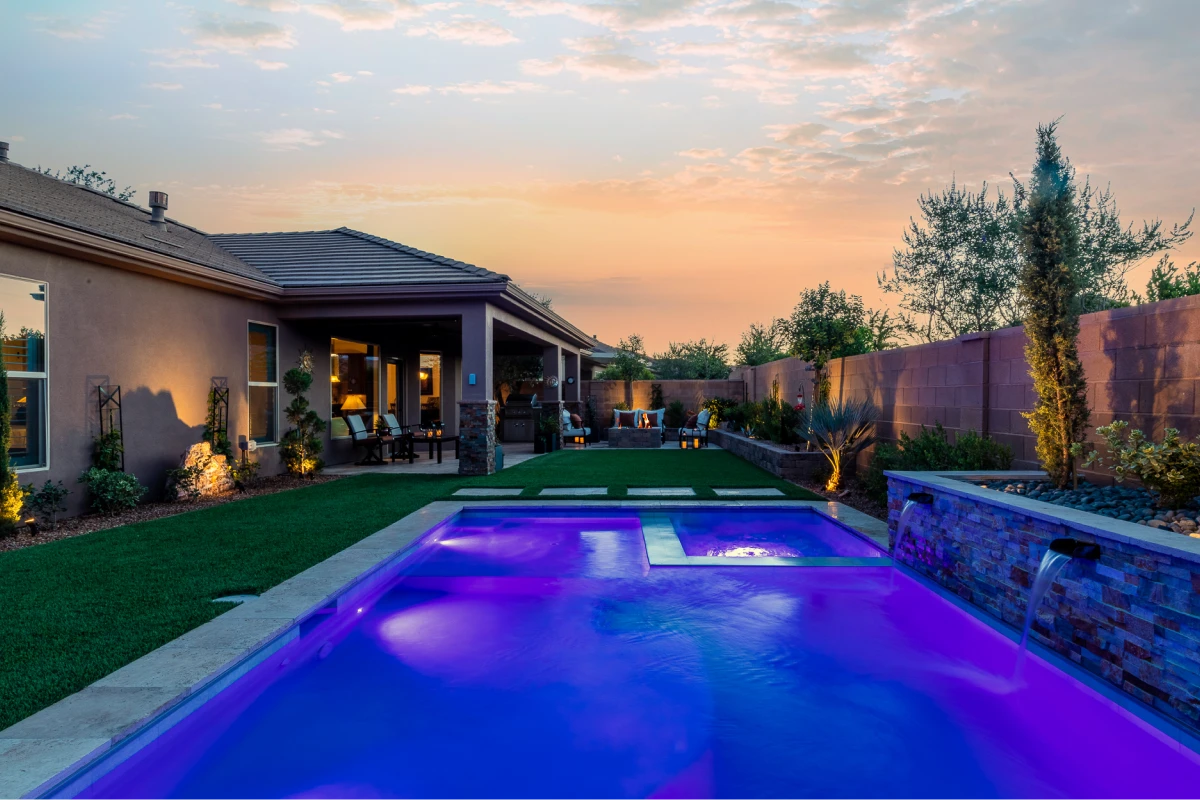
Plants deplete nutrients from the soil over time. Replenishing with fertilizer is essential for sustained plant growth. Choose Right: Select a balanced fertilizer or one specific to your plant type (e.g., fertilizer for tomatoes). Organic options like compost are excellent choices for enriching garden soil. Follow Instructions: Apply fertilizer as directed; over-fertilizing can harm plants. Timing: Fertilize periodically during the active growing season for best results. Proper fertilizer use leads to vibrant, healthier plants.
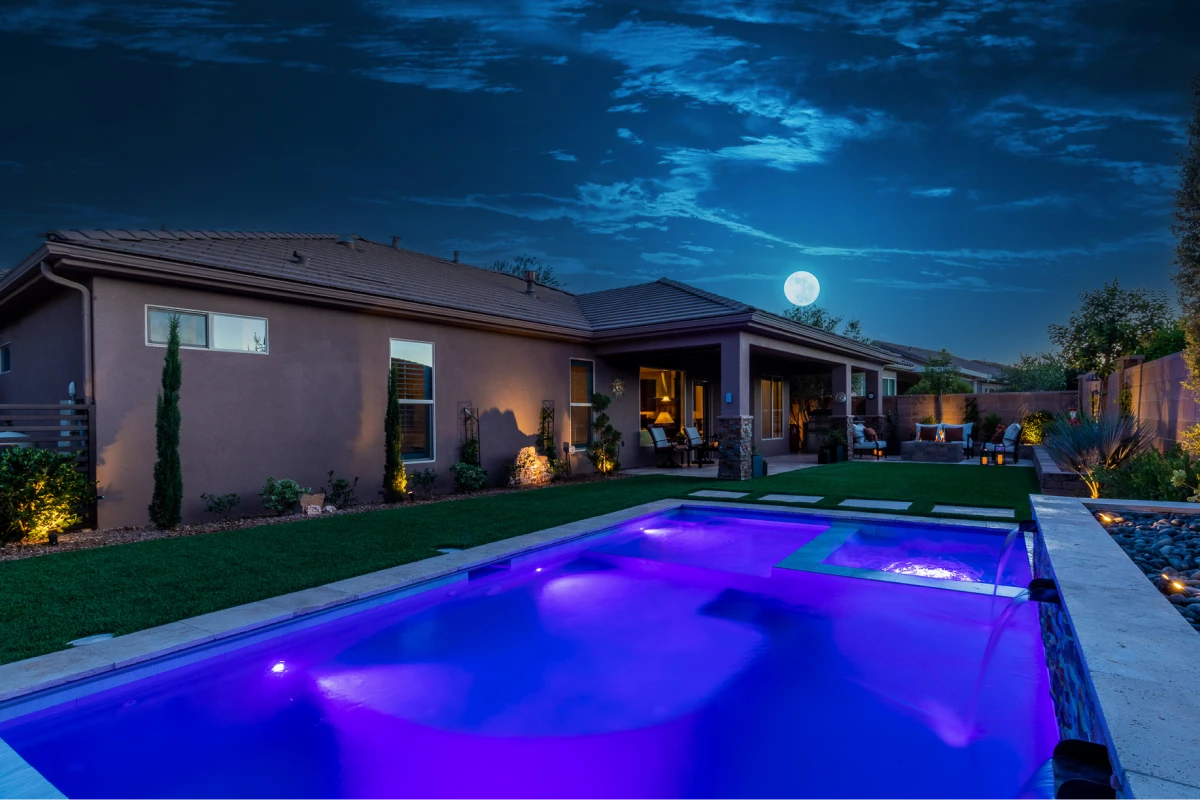
Protect your plant investment. Inspect Regularly: Check leaves and stems for pests or diseases frequently. Address issues early. Natural Methods: Use organic options like neem oil or insecticidal soap first. Introduce beneficial insects. Weed Management: Remove any weed promptly before it competes for resources. Mulching the soil surface in your garden bed or grow box helps suppress weeds. Using landscape fabric under pathways or in beds is also effective.
Ready to elevate your property with sustainable grow boxes and gardens, a beautiful raised garden bed garden, or a custom garden design that thrives? EcoGreen Landscaping & Pools is here to bring your vision to life. Specializing in synthetic grass, eco-friendly landscaping, raised garden installation, and stunning pool designs, we tailor our services to suit the unique needs of Southern Utah residents. Embrace a low-maintenance, water-wise garden that not only looks beautiful but is also kind to the planet. Don’t wait to create the outdoor oasis of your dreams—visit us at stgeorgelandscaper.com and Contact Us today to get started!